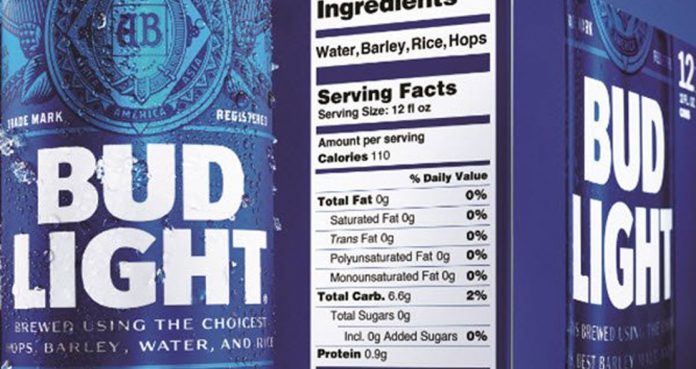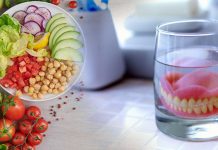While your favorite breakfast cereals, sandwich fixings, sodas, and even non-alcoholic beverages are subject to provide a nutritional label, you might have noticed that alcohol bottles do not have those labels.
Well, the Food and Drug Administration (FDA) regulates the safety of food, including non-alcoholic beverages but it does not govern the alcohol industry. That regulation belongs to the agency called the Alcohol and Tobacco Tax and Trade Bureau (TTB), which does not require labeling.
Companies that produce wine, beer, and spirits are not legally mandated to mention the nutritional labels on their products. However, consumer advocates have requested the TTB to change that. The agency made nutrition labels optional for alcohol in 2013. However, some experts feel the move was not bold enough.
In 2015, Sara Bleich, a public health researcher at John Hopkins told Vox, “Many adults take in a tremendous amount of calories from alcohol, and they have no idea.” Her research revealed that the average American is known to consume at least 400 calories a day from alcohol alone.
The agency rules around labeling substances that people might be allergic to (such as sulfites).
Wines containing 14 percent alcohol or more have to mention alcohol content, while wines containing 7 to 14 percent do not have to mention alcohol content. And wines containing less than 7 percent alcohol are not regulated by the TTB; in fact, those come under the regulation of the FDA, which is why they are required to mention the nutritional labels.
Some brands such as Corona Light, Coors Light, and Guinness, Heineken do put calories and some nutrition labels on their bottles or packaging. You can look at the bottom of the six-pack to find the labels. In February 2019, Bud Light voluntarily include obvious nutritional labels mentioning all of its ingredients, including calories, carbohydrates, protein and fat per serving.























